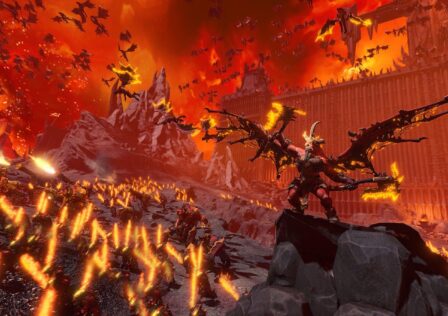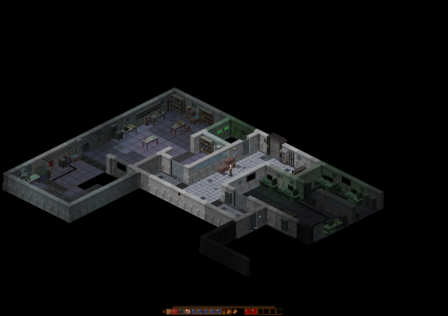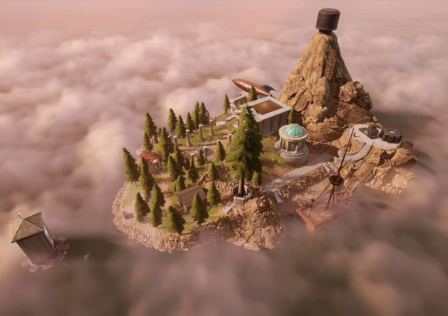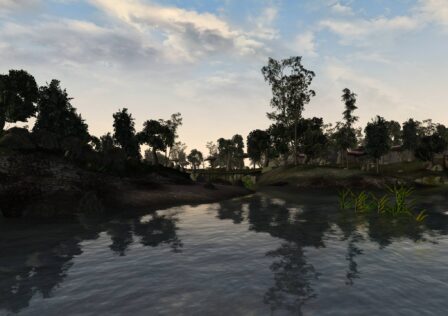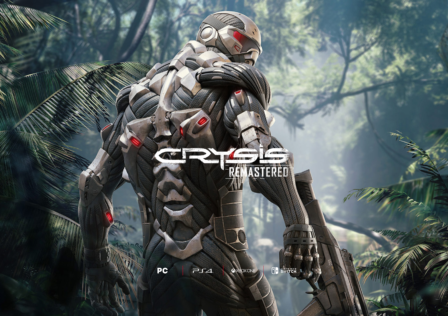The Outer Worlds is the latest RPG from Obsidian Entertainment, a studio known throughout the 2000s as one of the absolute best and most innovative RPG studios in the world. Obsidian was also known for being able to create masterpieces despite being rushed by publishers, most notably with Star Wars: Knights of the Old Republic II – The Sith Lords (their debut) and Fallout: New Vegas. But Obsidian’s RPGs throughout the 2000s weren’t just exemplary, they adopted modern technology at the time. They were all 3D and supported third person view, rather than being isometric-only. After all, isometric 2.5D from the 1990s was just a temporary imitation-3D solution as developers waited for 3D graphics to advance more.
Obsidian and all their greatness really fell off in the 2010s, after Fallout: New Vegas which was their last great game. They created the Pillars of Eternity series as well as Tyranny since then, two isometric 2.5D RPGs made in the 2010s when 3D graphics are more than capable of replacing imitation-3D. Pillars of Eternity was only created to capitalize on nostalgic feelings; it’s very clear that there was no attempt to make a great game with it. It shies away from actual role-playing and its writing is as dull as watching paint dry, but it was a success because it introduced the horrible trend of creating games only for nostalgia in the video game RPG market.
Tyranny was worse. While Pillars of Eternity at least had a respectable quantity of content when it comes to character builds and abilities, Tyranny hardly has anything but the most generic elemental spells and warrior-type character builds. It’s shallow on every level and seems like any team of interns’ first video game RPG project. I didn’t bother doing a complete review here, it was not worth it, but you can see my Steam review.
Recently, Microsoft bought out Obsidian. Nostalgic “cRPG” players unable to distinguish between qualitative aspects between “cRPGs” (e.g. the fanbases of Pillars of Eternity and Tyranny) might have concerns about this, but I didn’t. Note The Outer Worlds does predate Microsoft’s acquisition, but nevertheless it’s clearly not riding on nostalgia as it uses modern technology (Unreal Engine 4, 3D impressive visuals). I had hope that it could be Obsidian’s return to form, their first attempt at actually creating a great RPG in a long time.
Unfortunately I was wrong. Never get your hopes up when it comes to video games. The Outer Worlds does not try to achieve greatness, nobody tried to create a masterpiece with it. It is another opportunistic release, although instead of capitalizing on nostalgia it seeks to capitalize on recent hate for and disappointment with Bethesda Game Studios, targetted specifically at Fallout 4 and to a lesser extent Fallout 76. Obsidian no doubt heard all the people saying Fallout 4 isn’t as good as Fallout: New Vegas, all the people wishing for another Obsidian Fallout game. The Outer Worlds is obviously heavily inspired by Fallout 4’s art design, this is not coincidental. Obsidian was more concerned with making a pretty game that can win over some of Bethesda’s audience, rather than making a masterpiece.
The Outer Worlds is a sci-fi game set in 2355. In this universe, corporations dominate society in an utmost in-your-face satirical way, as the main theme of The Outer World is to take jabs at corporations and capitalism. Humanity has spread away from earth to various colonies throughout space.
You play as a blank slate character who is awakened from cryosleep. The protagonist was a member of The Hope, a vessel containing many of Earth’s greatest scientists and engineers which went missing for decades. You were the first person from The Hope that was successfully reawakened. The mad scientist who wakes you up immediately sends you on a mission, so you’re just thrown into the thick of it. Generally speaking I like this game design, but the intro to The Outer Worlds, and the game as a whole, just needs more exposition. From the get go, there is very little to the world outside of the main quest, and that stays true for the entirety of the game.
World building is a key component in RPGs, as RPGs are all about interacting with the world and being a part of it through the player character’s shoes. But for this to have any impact, you need to care about the world. In order for the player to care about the world, the writers have to give the player ample reason to. The Outer Worlds never does; the world is never believable enough and it’s always too shallow. You don’t get much of a sense of the history of this universe. You see one main culture which is corporate culture, and anyone who breaks away from that is an outlaw. You get introduced to one religion that is predominant in this world, referred to as The Equation or The Plan, which just states that the universe is based on order. This obviously fits well thematically into this corporatation-dominated universe, but the way this religion is introduced to the player is rushed, shallow, and unoriginal, but we’ll get back to this later.
The main reason the world is never believable is because of its incredibly in-your-face satire in which most characters don’t act like believable people at all. Of course, this is what you get in something like South Park, or Fallout: New Vegas – Old World Blues – two IPs that Obsidian has also touched in the past. Once you have satire this blunt, a writer is left with very little choice other than to be simply ridiculously funny. South Park obviously succeeds at this, that’s what it does best. Old World Blues also succeeds at this. The Outer Worlds usually isn’t ridiculously funny, not until the 2nd to last planet in the game, Byzantium. Nor is its satire ever clever at all. So instead you have an extremely blunt satire where most NPCs are walking talking corporate drones singing their slogans and acting unbelievably almost like a South Park episode, but without the humor and without any memorable jokes or lines, so it really hits an ineffective middle ground that sacrifices believability for no reason.
The Outer Worlds also contains very obvious pop culture references much like Fallout 2, such as movie/show references (e.g. “All My Colonists”) and a huge modern day meme reference to the History channel “Aliens” guy. No doubt a nod to Fallout 2’s specific humor.
The world details don’t do the game any favors. For example, on Edgewater (the game’s first location) you learn that Spacer’s Choice wipes out everyone in the geothermal plant due to some subordination from the person in charge, so when you get there it’s filled with hostile robots. Throughout the game you continue to find tons of other places JUST like this. It’s repetitive and the very first instance of this with the geothermal plant is uninteresting. Or how about some parts of the game where NPCs are too reliant on the player and his party? For example, the Outlaw group on the Groundbreaker that’s causing trouble. The Groundbreaker’s security forces should’ve dealt with them themselves, as it’s just a few junkies in some unused part of the ship. It’s not believable that they’d rely on 3 strangers (the player and his/her party) to deal with this.
Most of the game is too predictable; as mentioned just above you often know the situation you’re getting into beforehand purely because you understand it’s a predictable game that largely reuses the same encounter design over and over again. The plot consists of things like very obvious betrayals that you see coming yet the writers expect you to be surprised by it (e.g. Graham Bryant’s betrayal).
The game is also bigger than it needs to be, so you’ll be using its fast travel feature a lot. It’s somewhat nonlinear and a number of its locations are pretty big, seemingly encouraging exploration but the world details are too weak to make this exploration worthwhile, so it ends up feeling like empty space.
Quest design is a weak point in The Outer Worlds too. The majority of its side quests are menial tasks without the writing to make such tasks worthwhile. Similar to what you get in games like Fallout 4. The only extra thematic layer such quests might have in The Outer Worlds is the ineffective blunt satire. Don’t get me wrong, I love satire when it’s done well (e.g. in the first two Fallout games and New Vegas), The Outer Worlds just doesn’t do it well.
Some of the companion quests are laughably bad. There’s Nyoka, a huntress companion with pink hair, because we all know hunters have pink hair. You pick up her companion quest pretty much as soon as you meet her. She needs your help finding her old hunter companions, finding out what happens to them, and burying their remains. So as soon as you meet this person she forces her life story on you and you’re supposed to care? The game never gives you any reason to care about her or her dead companions. You don’t have to do the quest of course, and it’s obvious that companion quests affect their loyalty since The Outer Worlds is such a templated game that any RPG player understands exactly how it works as soon as they start playing it. Unoriginality at its finest.
Nyoka’s companion quest is the weakest one, as it amounts to nothing at all. No humor, no depth, no reasons to care. But Vicar Max’s is the dumbest. Here’s how his personal quest goes:
- He’s having a mid-life existential crisis. Basically he wants to find out the truth behind his religion which just states everything is some architect’s plan, the foundation of the universe is order, he devoted his life to this.
- You’re ultimately trying to translate a book related to this rushed and poorly developed religion, but you instead end up at some Hermit’s hut (zero character development for her), do drugs, see weird hallucinations that tell Max everything he needs to know and then you can cure his existential problem (or make it worse).
- The end.
- It’s just terribly shallow and stupid elementary level existential vomit, you can’t even believe how stupid it is until you see it for yourself.
Times like this make me thing I’m playing some team of interns’ first video game RPG project, a feeling Obsidian has consistently delivered in the 2010s.
SPOILERS END HERE
Unfortunately, from a writing perspective and all of its individual elements (e.g. world building, humor, character development), The Outer Worlds accomplishes nothing. It’s so amateurish. There’s very little to the world outside of its main quests, and the entire presentation of it is flawed, being extremely blunt satire that sacrifices believability without ever achieving the ridiculous humor that such writing normally accomplishes.
But does it have role-playing? 2010s video game RPGs can generally be summed up as being afraid of role-playing. Yes, The Outer Worlds is no slouch here, but at the end of the day role-playing potential is irrelevant when the world/setting is weak and there’s no reason to care for it. Role-playing is nothing without good writing. Luckily it’s only about 25 hours long, or less if you don’t spend much time on side quests. A shorter weak RPG is better than a longer one, and the 2010s has been full of 70+ hour RPGs that are even weaker than this one.
The Outer Worlds falls apart further when you look at its gameplay mechanics. It is a first person action RPG with a slow-motion mode, blatantly taking after the modern Fallout games and V.A.T.S. Thankfully its core rule system is a logical one, which is rare for video games not being adapted from pen and paper. The things that usually grant XP do the same in The Outer Worlds, and when you level up you put points into skills, and every other level you can choose a perk. Perks are largely passive and uninteresting. Skills have good use in the world and in dialogue, since The Outer Worlds is not a weak RPG (although you can’t use companion skills in skill checks). Though it could do with a lot more use of Science and high Intelligence like Fallout 2.
This game probably has the worst AI I’ve ever seen in an FPS. Yes, worse than modern Battlefield and Call of Duty 4: Modern Warfare, and companion AI is even worse than in Mass Effect: Andromeda. I just name dropped the previous leaders in the “poor AI in action games” categories I’ve seen, and The Outer Worlds may have single handedly dethroned them all. Companions don’t follow commands well, their targeting is highly inconsistent so often times they’ll just run off, get lost somewhere else and die. You can order them to hold their position outside of combat, but they automatically return to you once you’re about 100 feet away from them, so forget about using them for sniping purposes. You can also find a mind control weapon and use it to make hostiles fight with you, but companions still kill mind controlled hostiles, making this weapon completely useless.
Enemy AI is just as bad or worse. Their detection is laughable; you can literally kill someone with an unsuppressed gun and then his partner 50 feet away (or less) won’t even notice it. Enemy AI is inconsistent just like friendly AI, so they have trouble deciding when to use melee weapons versus when to use ranged, they have trouble taking cover or approaching you in a way that makes sense. No tactics, just entropy with incomplete AI programming. It feels like a game in alpha stage, not even beta.
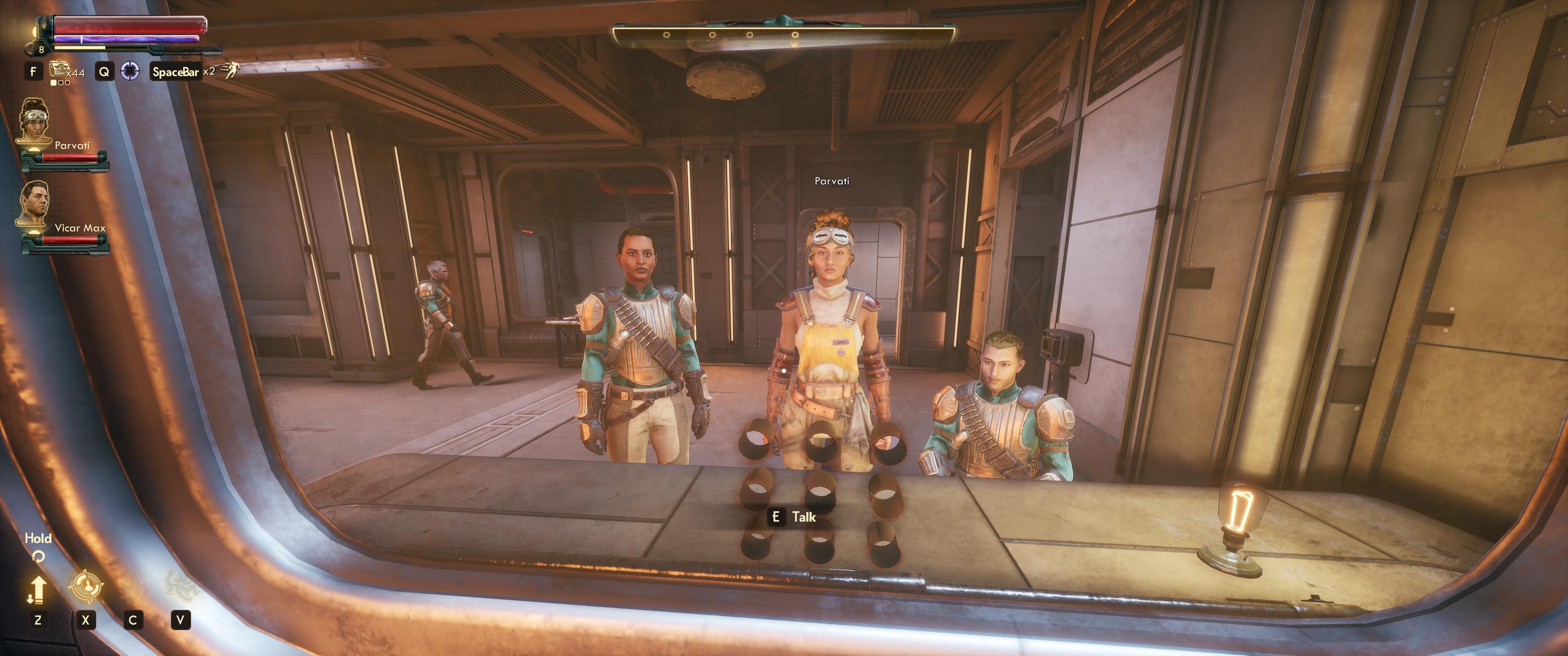
Nothing like companions glitching to places where they shouldn’t be able to go. They also get stuck on things a lot.
But for once, I consider horrendous AI to be a blessing. You see, the entirety of this game’s combat is underwhelming, a real snoozefest, so it’s best if such a game has combat that’s as easy as possible. Since it’s so underwhelming, you want it to just be over with ASAP, and bad AI helps with this. But the problem here is that a game with such weak gameplay should at least have a redeemable story, and The Outer Worlds does not. It fails on both the writing front and gameplay front.
There is basic weapon variety, e.g. weapons that fire light bullets vs heavy, plasma weapons, electric shock weapons, N-Ray weapons, but they still lack creativity and aren’t fun to use especially with this game’s mechanics which are not very fluid and lack leaning and general agility (you can dash almost like in Unreal Tournament but you can’t climb anything). Its “Science” weapons are its most creative and most amusing to use, and those are mostly decent so I can’t complain about them beyond the mind control weapon being useless as described above. There’s a shrink ray, the aforementioned mind control ray gun, a large weapon that fires huge short range exploding projectiles that causes enemies to float away helplessly.
As a whole, this game’s combat is really watered down and consolized. Detection markers are automatically placed on enemies and they can be tracked through walls, and when in stealth mode, tall grass becomes transparent to you so you can see through it, basically cheating. It’s also full of invisible walls despite being a nonlinear game, preventing you from climbing things you should be able to climb, issues also present in Fallout: New Vegas by default. Also, despite its large and not-entirely-linear design, most buildings on most maps are closed off to you, further reducing exploration possibilities.
It’s also very unusual that The Outer Worlds has an off-center crosshair. It’s below the center of your screen, and so is your iron sight/optic alignment. Weird, unnecessary clunkiness. Visual effects from weapons are disappointing too – the particles themselves are good, except for the fact that they’re not light sources, so you can fire laser weapons and flamethrowers and not light up the environment properly which is disappointing. 2000s FPS games did this far better.
The sound effects from weapons are not bad, but nor are they great, and the overall weapon handling animations lean towards unresponsive. As a result, this game’s combat is never fun, but because it’s so easy at least on normal mode it’s never a huge drag either, plus it can usually be avoided. Don’t play on hard mode, you don’t want any kind of challenge in a game with such lackluster combat and gameplay mechanics.
The best things about The Outer Worlds are its art design and its loading times. This game loads almost instantly! Probably under 3 seconds every time on any SSD. And as these screenshots demonstrate, it is a pretty game from a static perspective, but boy is it static. Most objects don’t move, lighting is mostly static. It has a day/night cycle but it reminds me of how it works in S.T.A.L.K.E.R. when using static lighting mode: it loads different lighting presets. Seriously? What decade is it? Day/night cycles with full dynamic lighting and shadows were around in 2007, in games like Crysis and S.T.A.L.K.E.R. Shadow of Chernobyl. It’s 2019 so I expect better.
Similarly, all indoor lighting is static. Pretty but once you move around and learn of its limitations, immersion can be ruined. And for a sci-fi game with awesome particle effects, it’d be nice if those particles had dynamic lighting (something you can see in DOOM 3 from 2004) instead of no lighting. But at least it has nicely animated grass.
It is a fairly well optimized Unreal Engine 4 game, showing better multithreading/parallelism than most when it comes to CPU utilization, and impressively enough it tends to use under 3GB RAM. The main performance killer has to be tessellation, as The Outer Worlds has more of it than any game I’ve ever seen. Here is a technical overview of the game:
| 64-bit | Yes |
|---|---|
| Linux Support | No |
| DRM Free Version Available | GOG Only |
| Graphics API | DirectX 11 |
| Frame Rate | Unlocked |
| High Resolution Support | Yes |
| Ultrawide Support | Flawed (3440 x 1440 in windowed only |
| High Refresh Rate Support | Yes |
| Borderless Windowed Support | Yes |
| VR | No |
| Display HDR | No (force with Special K) |
| Shader Compilation Stutter | None |
| Ray Tracing | No |
| Mesh Shader Virtual Geometry Pipeline | No |
| Micro-Meshes | No |
| Advanced Distance-Based Level Streaming System with No Loading Screens | No |
| Loading Times | Fast |
| Variable Rate Shading | No |
| Sampler Feedback Tiled Texture Streaming | No |
| Sampler Feedback Texture-Space Shading | No |
| DirectStorage/RTXIO | No |
| Multicore CPU Support | 4-8 cores |
| GPU Physics | No |
| Adjustable FOV | Yes |
| Anisotropic Filtering | 16x |
| Anti-Aliasing and Upscaling | TAA |
| DLSS/FSR/XeSS Used for Dynamic Resolution? | No |
| Sound API | XAudio 2 |
| Sound | Up to 7 channels |
| Dolby Atmos | No |
| UI Scaling | Yes |
| “Analog” Keyboard Support | No |
| Debug Console | No |
| Modding | No |
But when it comes to technicalities, this game’s consolized nature makes itself evident right away. It requires a lot of INI tweaks in order for it to be tolerable for me and many other PC gamers; INI tweaks to disable mouse acceleration, chromatic aberration, and to fix the horrendous pop-in that plagues the game by default. All these things should be in-game settings. I’m surprised it even has a FOV slider at this rate. It also has flawed ultrawide support, being unable to run 3440 x 1440 in fullscreen mode, so I had to run it in windowed and suffer from issues because of this.
Sound effects are pretty good. Surround spatialization is evident, nothing extraordinary but I have fully functional 5.1 surround. It has dynamic indoor reverb, and there are no major issues with sound mixing or balancing. Voice acting is generally high quality, no complaints there. Character models are up to snuff, and facial animations are below the modern AAA standard but also not horrible. Less expressive than old Source engine games though.
Time to wrap up this review. The Outer Worlds is extremely disappointing and incredibly overrated. Honestly, the title of this review is very generous – The Outer Worlds is beneath mediocrity. Its writing is as shallow and stupid as can be for such a game, the world is unbelievable, the satire is usually not funny, the characters are as hollow as everything else, the gameplay mechanics are atrocious and far too consolized, physics are too absent and combined with static lighting it makes for a static looking world (that’s also static in practice as AI always stays in the same areas), this game simply doesn’t accomplish anything of note. Hilariously enough, the purpose of this game is to capitalize on disappointed Fallout fans who disliked Fallout 4 and Fallout 76, but The Outer Worlds is a worse game than Fallout 4. It has more role-playing and the main quest writing is slightly less idiotic than Fallout 4’s, but Fallout 4 is better everywhere else, especially in gameplay even without mods.
The Outer Worlds has an adequate amount of role-playing, making this one of very few modern RPGs where I won’t complain about its role-playing potential, but role-playing is meaningless when the writing quality is terrible and fails to motivate you. The Outer Worlds never tried to achieve greatness, so it never achieved it. That’s just how it works. And games that don’t try to achieve greatness while at the same time being so templated like The Outer Worlds are not worth playing in my opinion, so it gets no recommendation from me.
Strengths
- Nice art design, pretty game from a static perspective
- Very fast loading times
- Competent role-playing capability, too bad this amounts to little due to the game’s inherent writing weakness
- The ruleset is logical
- Decent optimization
Weaknesses
- Satire is so blunt that it makes the world and most characters completely unbelievable, which in itself is not a problem (it’s a stylistic choice) but once you cross this line your only real option is to go for ridiculous humor like South Park or Fallout: New Vegas – Old World Blues but the game never achieves that, so its writing strikes an ineffective middle ground
- Extremely shallow world and weak world building in every way, really lacking in exposition
- Lots of weak, mundane, poorly written and repetitive quest design, with one companion quest being particularly stupid
- Consolized game that needs INI tweaks to fix its terrible pop-in, disable mouse acceleration, disable chromatic aberration (which shouldn’t even exist in most games at all)
- Atrocious consolized gameplay mechanics, e.g. automatically putting tracking markers on enemies, grass becoming transparent to you when sneaking through, no leaning
- Perhaps the worst AI I’ve ever seen in an action game
- Lackluster weapon design, perks, companion abilities, lack of agility even in light armor, along with the above flaws makes combat some of the worst I’ve seen in years
- Too many invisible walls especially for a nonlinear game
- Overly static environment when it comes to physics, lighting, AI, everything
- Too much wasted space, levels bigger than they need to be, can’t even enter most buildings
- Weird off-center crosshair that just harms the feeling of its FPS gameplay


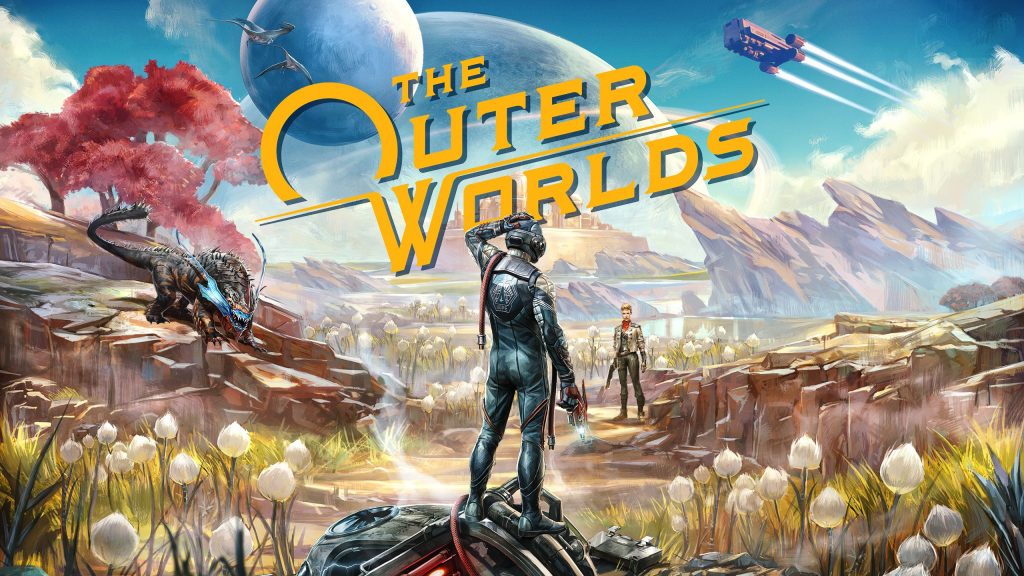
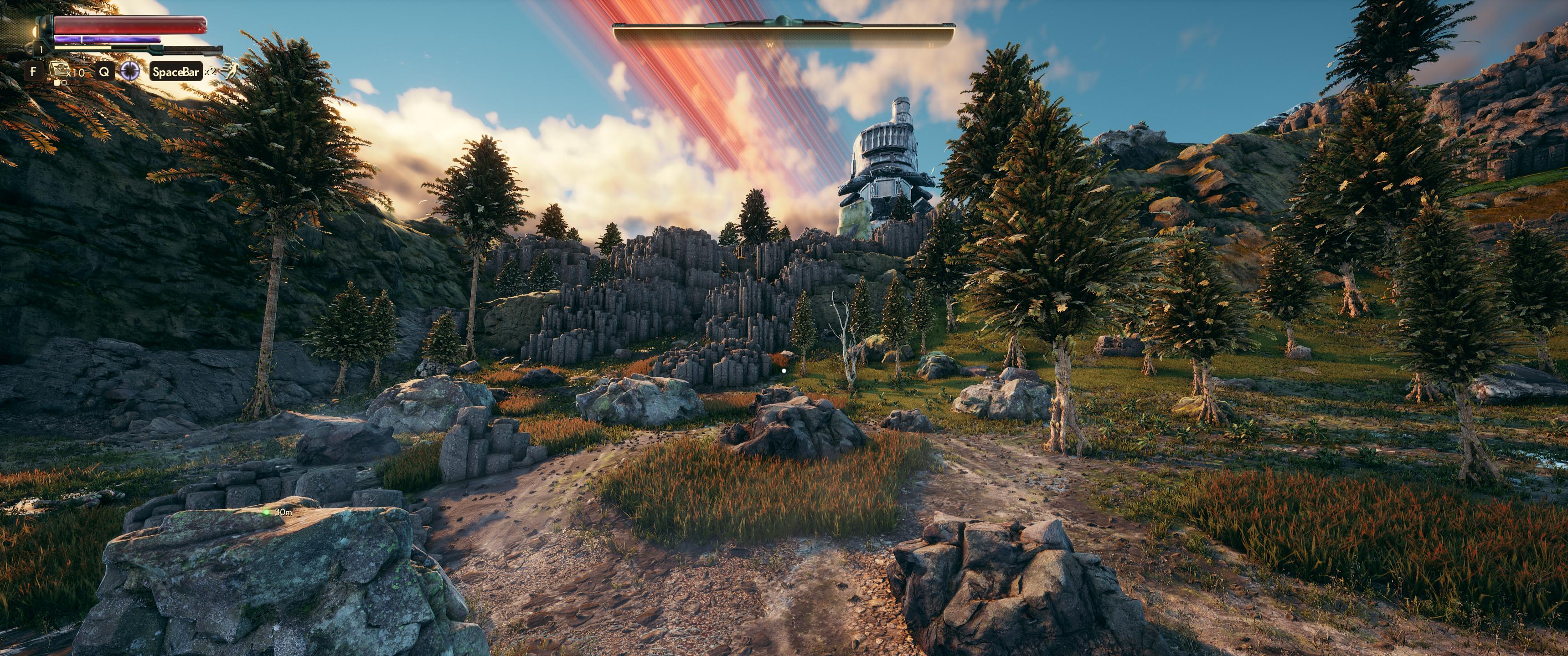
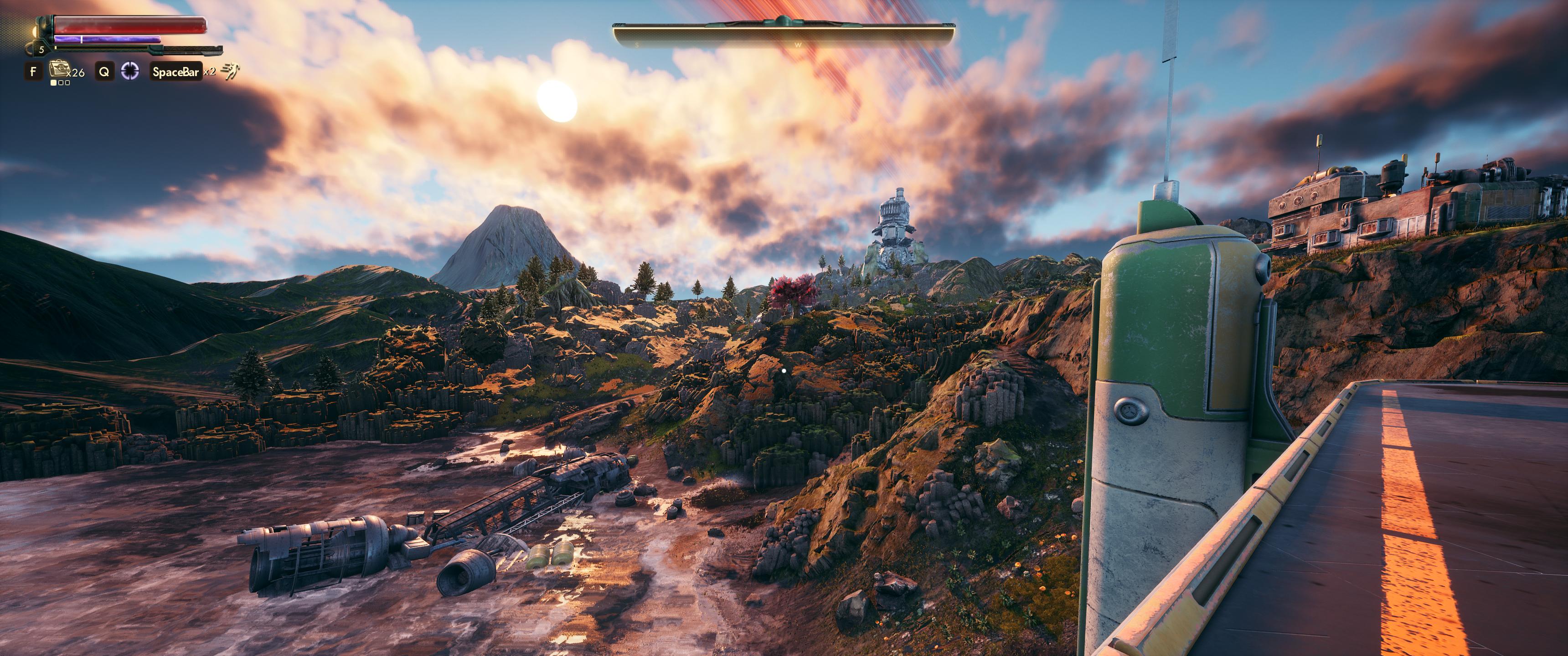
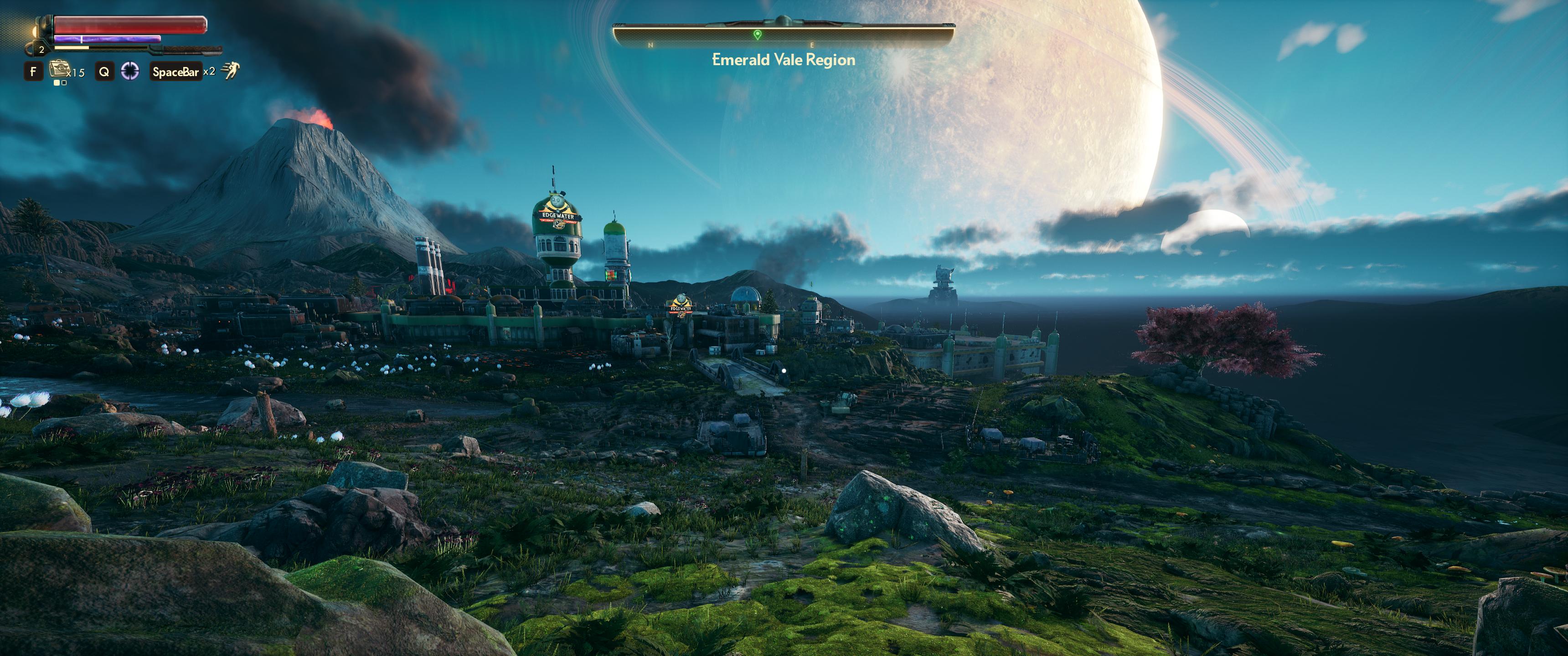

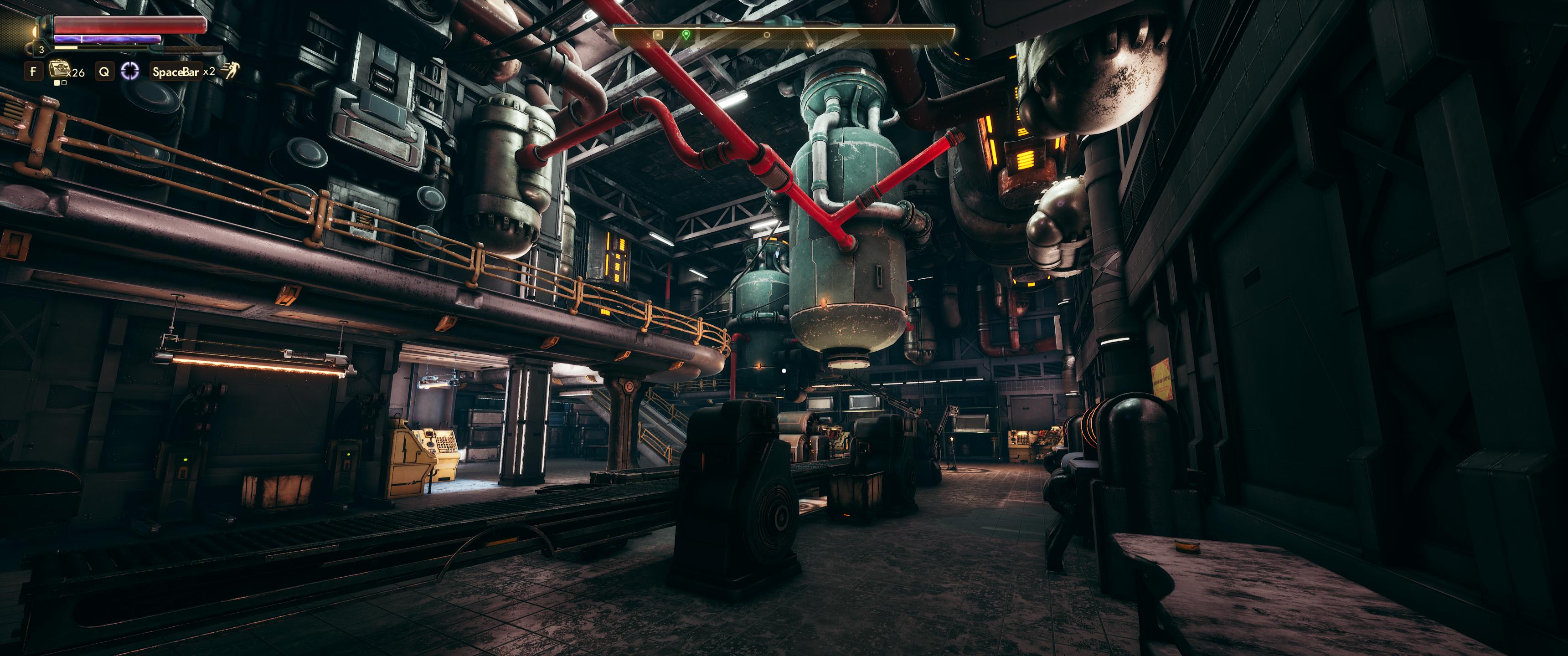
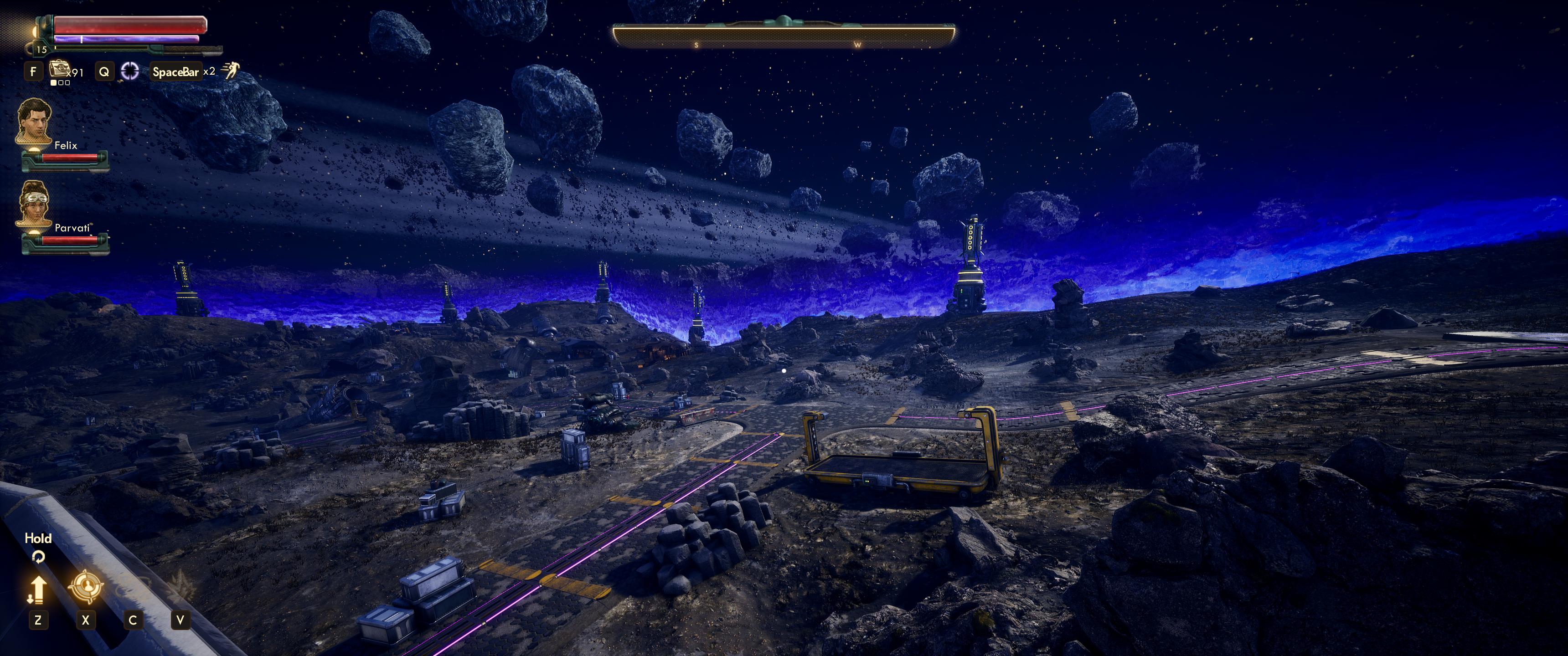

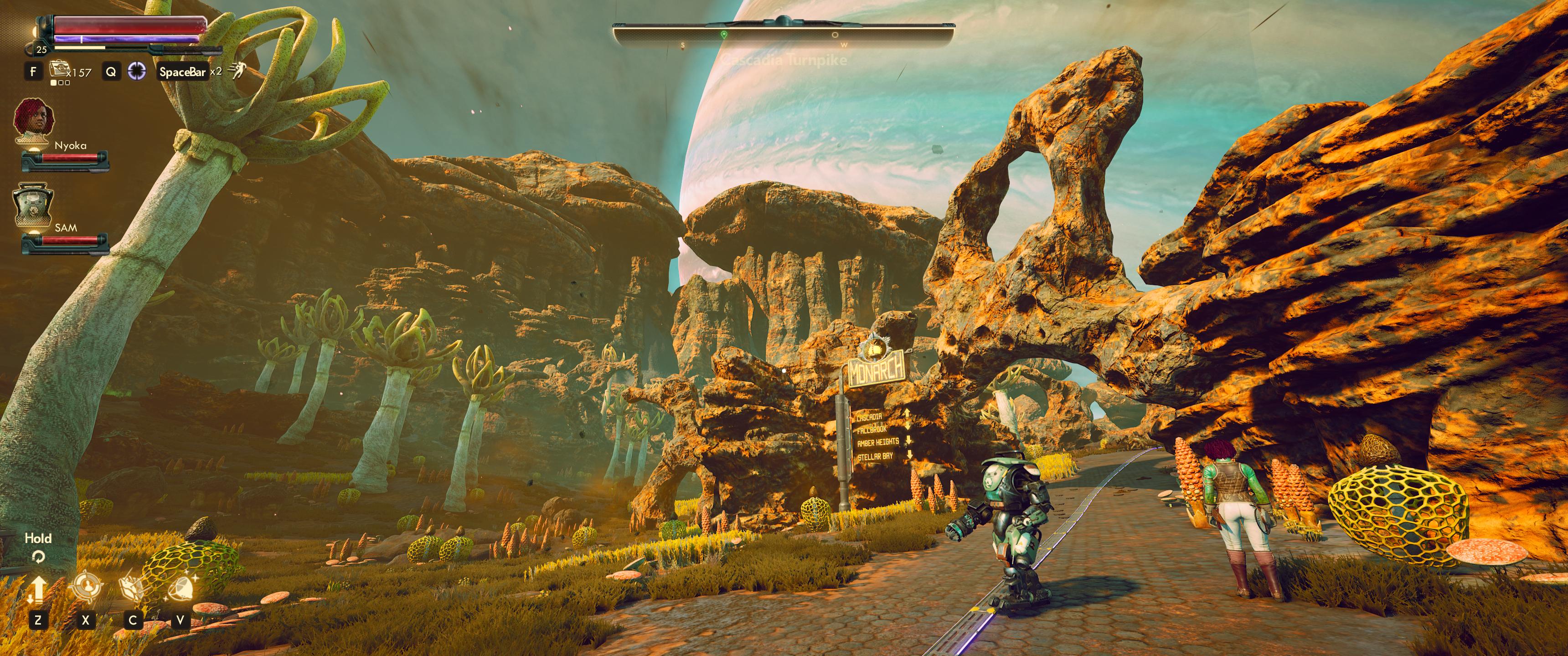
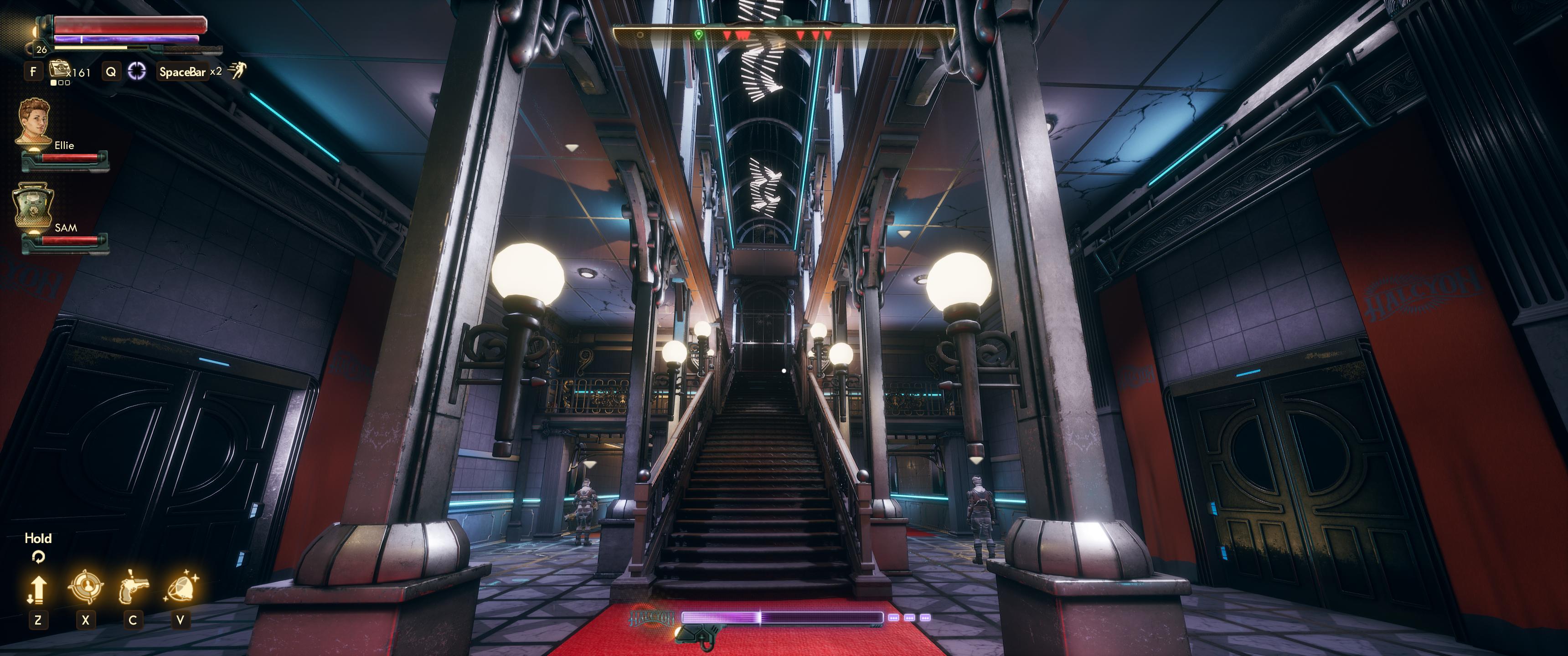


 (17 votes, average: 3.59 out of 5)
(17 votes, average: 3.59 out of 5)

